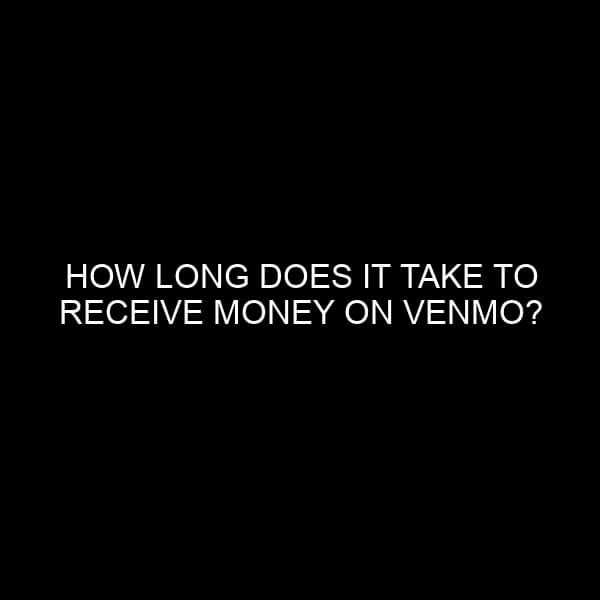How Does Venmo Make Money? An Insider’s Perspective
In today’s digital age, peer-to-peer (P2P) payment platforms have become the preferred method for many to send and receive money. Among these platforms, Venmo, owned by PayPal, has taken a front seat due to its user-friendly interface and a unique social aspect. Venmo, however, is more than just a money-sharing app; it’s a sophisticated business model. But how does Venmo generate revenue? For those not familiar with the financial markets and banking industry intricacies, it might seem like a mystery. In this article, we will demystify Venmo’s revenue streams and provide insights into how this platform capitalizes on its vast user base.
Understanding Venmo’s Business Model
Before diving into the specifics, it’s crucial to understand Venmo’s position in the broader financial ecosystem. While the primary function is facilitating quick and easy transfers between friends, family, and even merchants, Venmo leverages multiple avenues to monetize its services.
1. Merchant Fees
A Key Revenue Driver: Unlike personal transactions which are free for users (provided they’re not using a credit card), Venmo charges merchants a fee for processing transactions. This model isn’t new. It mirrors traditional credit card payment processing systems where merchants pay a fee for every transaction made with a card.
For every payment received by a business via Venmo, the company typically charges a 2.9% fee plus a $0.30 flat charge. With a growing number of merchants accepting Venmo as a payment method, this avenue has become one of its most significant revenue drivers.
2. Instant Transfer Fees
Monetizing Impatience: A unique feature Venmo offers is the ability for users to instantly transfer their Venmo balance to their bank account. Instead of waiting 1-3 business days for a standard transfer, for a 1% fee (with a minimum fee of $0.25 and a maximum fee of $10), users can get their funds almost immediately. Considering the demand for swift transactions in our fast-paced world, many users opt for this feature, contributing substantially to Venmo’s earnings.
3. Venmo Credit Card
Diversifying Financial Offerings: Introduced in 2020, the Venmo Credit Card allows users to earn cash back on their purchases, which they can then track and manage directly within the Venmo app. By partnering with Synchrony Bank to offer this card, Venmo earns money through interest on unpaid balances and fees, such as late payment fees.
4. Venmo Debit Card
Expanding Payment Options: In addition to its credit card offering, Venmo has a MasterCard-branded debit card. This card allows users to spend their Venmo balance at any store that accepts MasterCard. Like other card providers, Venmo earns interchange fees from merchants whenever a user makes a transaction using the Venmo debit card.
5. Earning Interest on Stored Funds
Capitalizing on Stored Value: One lesser-known revenue stream is the interest that Venmo earns on the money users keep in their Venmo accounts. When users don’t immediately transfer their funds to a bank account, that money sits in pooled accounts, and Venmo can earn interest on these funds.
Potential Future Revenue Streams
The world of FinTech is evolving rapidly, and companies like Venmo continuously seek ways to diversify their revenue streams and enhance user experience. With the rise of cryptocurrency, it wouldn’t be surprising if Venmo explores offering crypto-related services. Furthermore, as online shopping continues to grow, partnerships with online retailers and leveraging Venmo as a primary payment method could offer additional revenue avenues.
Conclusion: More than Just a P2P Payment App
Venmo’s success isn’t solely because it offers a seamless way for friends to split dinner bills. It has adeptly positioned itself as a major player in the financial market by integrating with merchants, offering financial products, and capitalizing on the impatience of the modern user. By understanding its multifaceted revenue model, one can appreciate the strategic moves the company has made and anticipate its future growth directions in the ever-evolving financial landscape.






